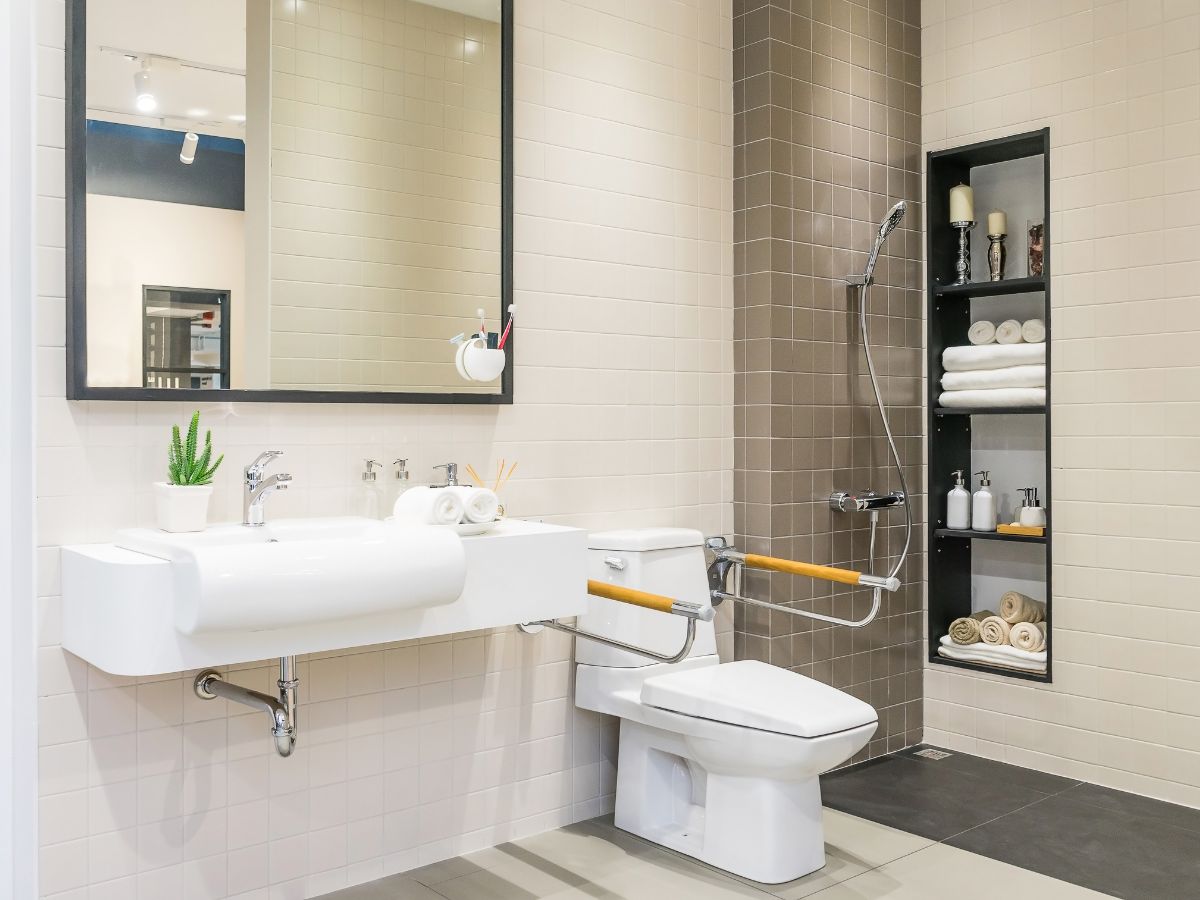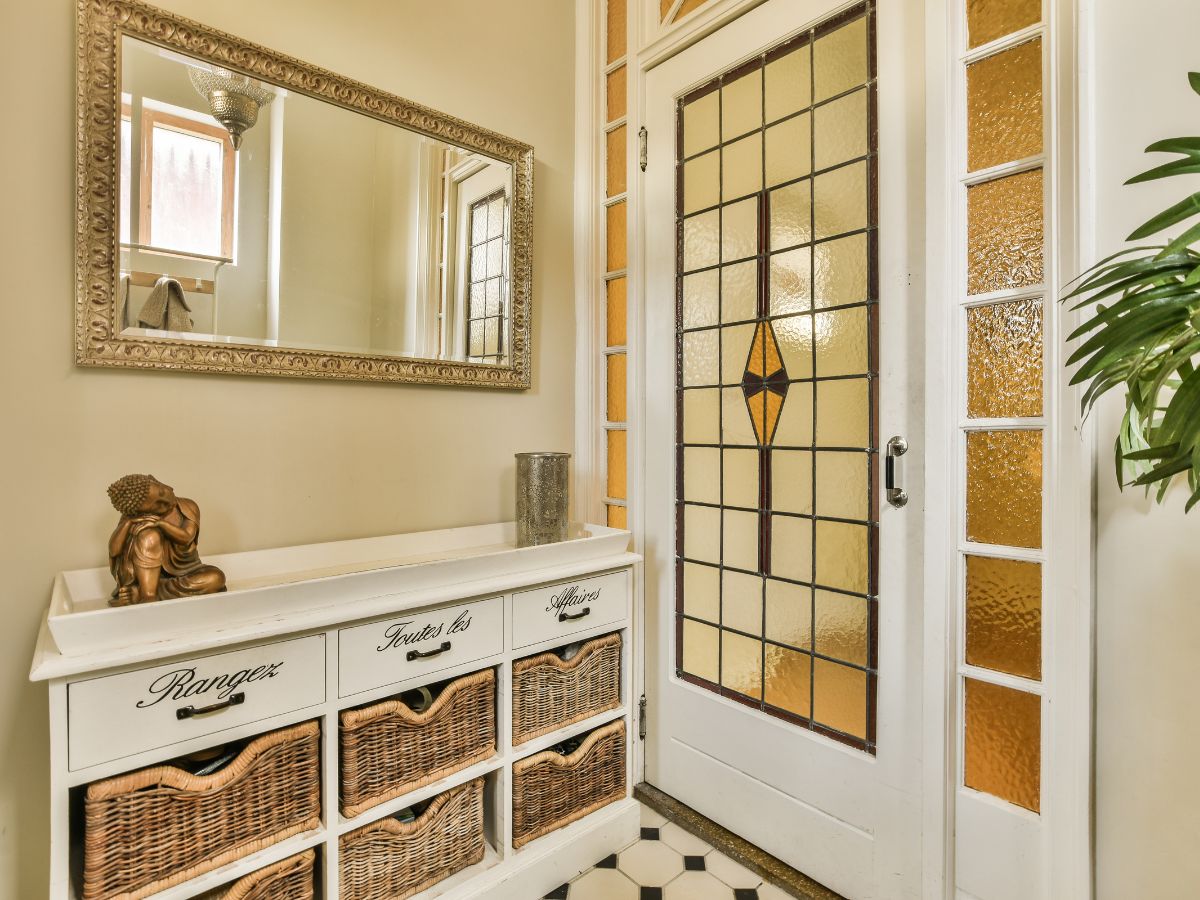
How to Decorate a New Home in Assisted Living: Practical Tips and Design Ideas
Decorating a new home in assisted living is a unique challenge that balances the need for comfort, accessibility, and personal style. This article explores essential considerations and design strategies to create a welcoming and practical environment for residents in assisted living communities.
1. Prioritize Comfort and Accessibility
The primary goal in designing an assisted living space is to ensure that it is both comfortable and accessible. Many residents have mobility issues or other health concerns that require specific design adaptations. It’s crucial to create an environment that supports their needs while making them feel at home.
Start with ergonomic furniture that is easy to use and supports good posture. Chairs with arms, adjustable beds, and non-slip flooring can significantly enhance comfort and safety. Additionally, ensure that all pathways are wide enough for walkers or wheelchairs, and consider installing grab bars in the bathroom and other key areas.
2. Use Mirrors to Enhance Space and Light
Assisted living apartments are often smaller, and creating an illusion of space is important for making the environment feel less confined. Mirrors are a simple yet effective tool for this purpose.
Place large framed mirrors opposite windows or in areas where they can reflect light and make the space feel larger and brighter. Choose square or rectangular frames to add a modern touch and coordinate with other design elements. Mirrors with elegant frames can also serve as decorative pieces that enhance the overall aesthetic of the room.
3. Emphasize Personalization Through Decor
Moving into assisted living can be an emotional transition. Personalization helps residents feel more connected to their new home, easing the transition and promoting emotional well-being.
Encourage residents to bring personal items from their previous home, such as family photos, favorite books, and cherished mementos. Complement these items with a neutral color palette that can be easily adjusted with personal touches. For example, framed square or rectangular mirrors not only serve a functional purpose but also add a personal flair when chosen to match the resident’s style.
4. Focus on Functionality with a Touch of Elegance
While functionality is key, the space should also be visually appealing. An institutional look can make the environment feel cold and uninviting, which is why blending functionality with elegance is essential.
Select furniture that is both functional and stylish. For example, choose a dining table with rounded edges for safety but with a finish that adds warmth and character to the room. Consider using multipurpose furniture, such as ottomans with storage, to maximize space without sacrificing style. Also, incorporating textiles like throw blankets, curtains, and area rugs in soft, calming colors can add both comfort and elegance.
5. Integrate Technology Thoughtfully
Today’s seniors are more tech-savvy than ever, and integrating technology into the design can enhance their quality of life. However, it’s important to ensure that technology is accessible and easy to use.
Incorporate smart home features such as voice-activated assistants, automated lighting, and easy-to-use tablets or smartphones. These can help residents stay connected with family, manage their daily activities, and access emergency services if needed. Ensure that these devices are user-friendly and integrated seamlessly into the overall design.
Decorating a new home in assisted living is about creating a space that is safe, functional, and reflective of the resident’s personality. By focusing on comfort, accessibility, personalization, and thoughtful use of decor like framed mirrors, you can transform an assisted living apartment into a warm and inviting home.

